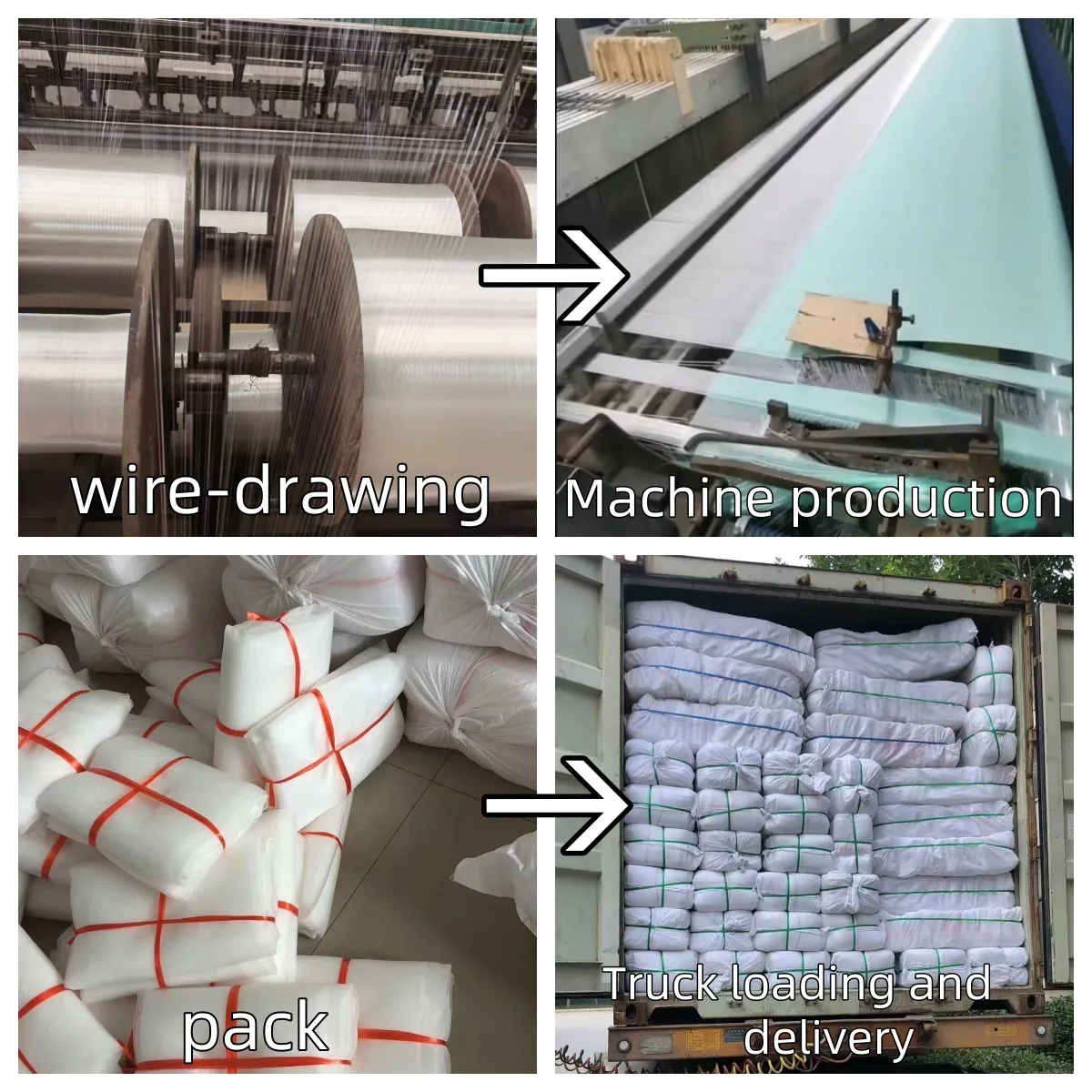-
 Afrikaans
Afrikaans -
 Albanian
Albanian -
 Amharic
Amharic -
 Arabic
Arabic -
 Armenian
Armenian -
 Azerbaijani
Azerbaijani -
 Basque
Basque -
 Belarusian
Belarusian -
 Bengali
Bengali -
 Bosnian
Bosnian -
 Bulgarian
Bulgarian -
 Catalan
Catalan -
 Cebuano
Cebuano -
 China
China -
 Corsican
Corsican -
 Croatian
Croatian -
 Czech
Czech -
 Danish
Danish -
 Dutch
Dutch -
 English
English -
 Esperanto
Esperanto -
 Estonian
Estonian -
 Finnish
Finnish -
 French
French -
 Frisian
Frisian -
 Galician
Galician -
 Georgian
Georgian -
 German
German -
 Greek
Greek -
 Gujarati
Gujarati -
 Haitian Creole
Haitian Creole -
 hausa
hausa -
 hawaiian
hawaiian -
 Hebrew
Hebrew -
 Hindi
Hindi -
 Miao
Miao -
 Hungarian
Hungarian -
 Icelandic
Icelandic -
 igbo
igbo -
 Indonesian
Indonesian -
 irish
irish -
 Italian
Italian -
 Japanese
Japanese -
 Javanese
Javanese -
 Kannada
Kannada -
 kazakh
kazakh -
 Khmer
Khmer -
 Rwandese
Rwandese -
 Korean
Korean -
 Kurdish
Kurdish -
 Kyrgyz
Kyrgyz -
 Lao
Lao -
 Latin
Latin -
 Latvian
Latvian -
 Lithuanian
Lithuanian -
 Luxembourgish
Luxembourgish -
 Macedonian
Macedonian -
 Malgashi
Malgashi -
 Malay
Malay -
 Malayalam
Malayalam -
 Maltese
Maltese -
 Maori
Maori -
 Marathi
Marathi -
 Mongolian
Mongolian -
 Myanmar
Myanmar -
 Nepali
Nepali -
 Norwegian
Norwegian -
 Norwegian
Norwegian -
 Occitan
Occitan -
 Pashto
Pashto -
 Persian
Persian -
 Polish
Polish -
 Portuguese
Portuguese -
 Punjabi
Punjabi -
 Romanian
Romanian -
 Russian
Russian -
 Samoan
Samoan -
 Scottish Gaelic
Scottish Gaelic -
 Serbian
Serbian -
 Sesotho
Sesotho -
 Shona
Shona -
 Sindhi
Sindhi -
 Sinhala
Sinhala -
 Slovak
Slovak -
 Slovenian
Slovenian -
 Somali
Somali -
 Spanish
Spanish -
 Sundanese
Sundanese -
 Swahili
Swahili -
 Swedish
Swedish -
 Tagalog
Tagalog -
 Tajik
Tajik -
 Tamil
Tamil -
 Tatar
Tatar -
 Telugu
Telugu -
 Thai
Thai -
 Turkish
Turkish -
 Turkmen
Turkmen -
 Ukrainian
Ukrainian -
 Urdu
Urdu -
 Uighur
Uighur -
 Uzbek
Uzbek -
 Vietnamese
Vietnamese -
 Welsh
Welsh -
 Bantu
Bantu -
 Yiddish
Yiddish -
 Yoruba
Yoruba -
 Zulu
Zulu
Bolting Cloth for Screen Printing - High-Quality Mesh for Precision Printing
Understanding Bolting Cloth for Screen Printing
Screen printing is a widely used technique that allows for the reproduction of images and designs onto various surfaces, ranging from fabric to paper to plastic. A crucial element in this process is bolting cloth, a type of mesh fabric that plays an essential role in transferring ink onto the desired substrate. In this article, we will explore what bolting cloth is, its significance in screen printing, and the various factors that influence its selection.
Understanding Bolting Cloth for Screen Printing
One of the principal features of bolting cloth is its mesh count, which refers to the number of threads per square inch. The mesh count significantly influences the printing process higher mesh counts allow for finer details and more intricate designs, while lower counts permit thicker layers of ink and bolder applications. As a rule of thumb, finer meshes are suitable for detailed graphic printing, while lower meshes are ideal for larger, solid areas of color.
bolting cloth for screen printing

Another critical aspect to consider is the thread diameter, which affects the ink deposit during printing. Thicker threads create larger openings in the mesh, facilitating a greater flow of ink. This can be beneficial when printing with thicker inks. Conversely, finer threads lead to smaller openings, reducing ink flow and allowing for more precision in design.
The choice of bolting cloth also plays a vital role in the longevity and effectiveness of screen printing. The fabric must withstand the rigorous demands of the printing process, including exposure to various inks, solvents, and cleaning agents. High-quality bolting cloth can endure numerous print runs without losing its structural integrity or mesh tension, ensuring consistent results over time.
When selecting bolting cloth for screen printing, it’s also imperative to consider the type of ink being used. Water-based and solvent-based inks behave differently with various mesh counts and thread types. Experimentation may be required to find the optimal combination that achieves the desired print quality and efficiency.
In conclusion, bolting cloth is an indispensable component of the screen printing process. Its mesh characteristics directly impact the clarity, precision, and vibrancy of printed designs. By understanding the different factors influencing the choice of bolting cloth—such as mesh count, thread diameter, and ink type—screen printers can achieve superior results and elevate their printing projects to new heights. As technology continues to evolve, so will the innovations in materials like bolting cloth, paving the way for even more creative possibilities in screen printing.
-
Why Nylon Mesh Netting is Revolutionizing Industrial and Commercial ApplicationsNewsJun.13,2025
-
Reinventing Reliability with Construction Wire MeshNewsJun.13,2025
-
Protect Your Crops with High-Performance Agricultural Netting SolutionsNewsJun.13,2025
-
Premium Breeding Net Solutions for Modern AquariumsNewsJun.13,2025
-
Precision Filtration Solutions for Industrial and Commercial NeedsNewsJun.13,2025
-
Advanced Industrial Mesh Solutions for Every ApplicationNewsJun.13,2025











